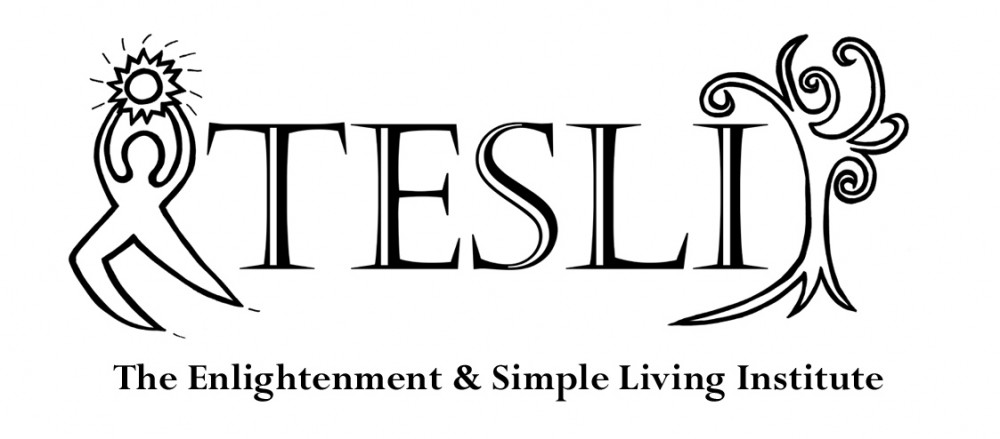I completed 30 days on a ketogenic diet today. I was tempted to keep going, since I was unable to stay in optimal ketosis (above 1mmol/l), even after gaining some insight about how to do it, as I posted earlier.
These are my numbers for the entire period. I averaged 37g net carbs for the entire four weeks (first graph) and 25g net carbs in the last two weeks (second graph).

 As I mentioned before, my body seemed to be resistant to making/utilizing ketones. It is remarkedly efficient at using protein to make glucose. I had thought that if I stayed under 100g net carbs plus protein I would be fine, but after analyzing my data I found that, for me, optimal ketosis is achieved when I keep the protein and carbs under 80g. In the end this was just to much effort.
As I mentioned before, my body seemed to be resistant to making/utilizing ketones. It is remarkedly efficient at using protein to make glucose. I had thought that if I stayed under 100g net carbs plus protein I would be fine, but after analyzing my data I found that, for me, optimal ketosis is achieved when I keep the protein and carbs under 80g. In the end this was just to much effort.
Another deciding factor in stopping the diet was an interesting affect on my heart that I noticed during the 30 days. My family history includes high blood pressure and cardiovascular disease, both of which I have declined to do. However, my heart does have a tendency to have an irregular heartbeat.
After about a week I started having persistent irregular (and annoying) heart beats. At first I attributed this to increased consumption of fish. High levels of mercury can lead to irregularities in heart beat, and fish are known to be contaminated with mercury. I have had a problem with my heart once before when I suddenly started eating more fish. However, in this instance, I stopped the fish, started eating more cilantro (which chelates mercury) and did not notice any improvement.
As it turns out irregularities in heart rhythm are associated with ketogenic diets. Many people find electrolyte supplementation to be useful. Electrolytes did not help me.
The hormone that stimulates the body to make more glucose from protein and the by-products of fat metabolism is adrenaline. It would make sense that adrenaline is elevated during times where carbohydrate intake is limited. And adrenaline would indeed make the heart more reactive. I had thought that eventually the body would become used to using ketones as fuel (keto-adaptation) and then adrenaline would be reduced. I did not reach the point where that occurred.
Other symptoms I experienced that indicated my adrenaline was pumped up, were an increase in heart rate and orthostatic hypotension. Orthostatic hypotension is a sudden drop in blood pressure when going from lying down to standing. It is experienced as a head rush or dizziness. I was having this occur frequently during the ketogenic diet, however I do not remember when exactly it started and suspect it predated the diet.
The increase in heart rate occurred more dramatically. About a month before I started the ketogenic diet I purchased a heart monitor. My typical afternoon resting heart rate was about 61-63 bpm. Last week, it clocked in at 73 bpm. Today it was 67 bpm. I decided to test the resting rate, since about two days after reaching the optimal ketosis (around the two week mark) my heart rate jumped up about 10 bpm during my usual rowing session. I thought perhaps I was exerting more effort or the meter was wrong, but after the jump it remained high during subsequent sessions and I validated the heart rate with a second meter.
Elevated heart rate is associated with decreased health. So I decided the ketogenic diet might not be best suited to my body. I am curious to see what happens after a week of higher carbohydrates…

